
John F. Kennedy (May 29, 1917 November 22, 1963) served as the 35th President of the United States from January 1961 until his assassination in November 1963. The Cuban Missile Crisis, the Bay of Pigs Invasion, the Nuclear Test Ban Treaty, the establishment of the Peace Corps, developments in the Space Race, the building of the Berlin Wall, the Trade Expansion Act to lower tariffs, and the Civil Rights Movement all took place during his presidency. Kennedy attempted to enter the Army's Officer Candidate School in 1940, but was medically disqualified for his chronic lower back problems. On September 24, 1941, after exercising for months to strengthen his back, and with the help of the director of the Office of Naval Intelligence, former naval attaché to Joseph Kennedy, he joined the United States Naval Reserve. In April 1943, he was assigned to Motor Torpedo Squadron TWO. On April 24, Kennedy took command of PT-109[ which was based at Tulagi Island in the Solomon Islands. On the night of August 12, PT-109, on its 31st mission, was performing nighttime patrols near New Georgia in the Solomon Islands with PT-162 and PT-169. Kennedy spotted a Japanese destroyer nearby and attempted to turn to attack, when PT-109 was rammed suddenly at an angle and cut in half by the destroyer Amagiri, costing two PT-109 crew members their lives. Kennedy gathered his surviving ten crew members including those injured around the wreckage, to vote on whether to "fight or surrender". Kennedy stated: "There's nothing in the book about a situation like this. A lot of you men have families and some of you have children. What do you want to do? I have nothing to lose." Shunning surrender, the men swam towards a small island three miles away. Despite re-injuring his back in the collision, Kennedy towed a badly burned crewman through the water to the island with a life jacket strap clenched between his teeth, and later to a second island, where his crew was subsequently rescued on August
Featured Photo Galleries
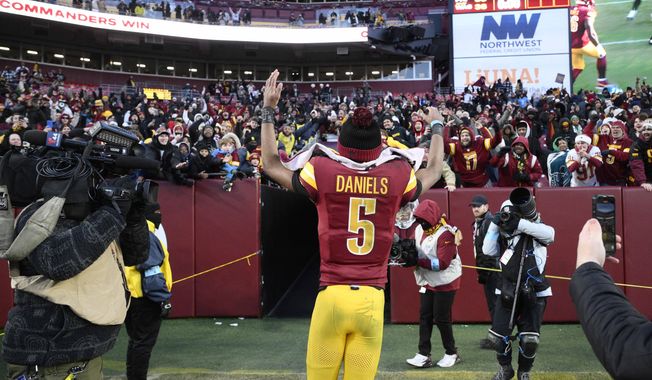
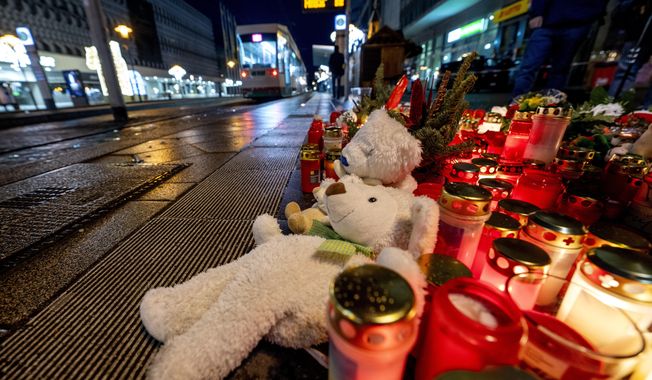
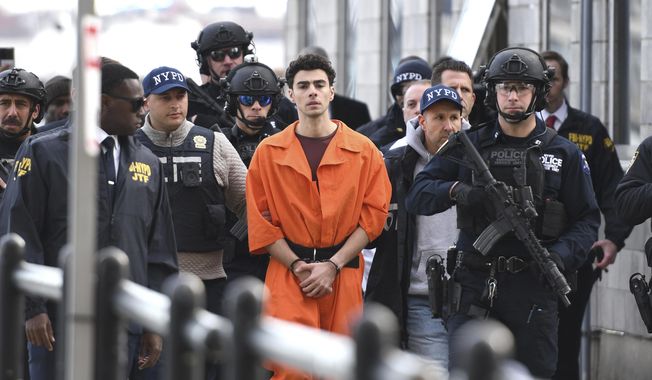
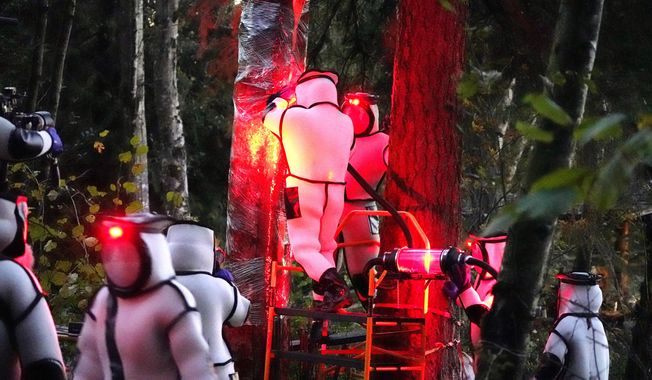
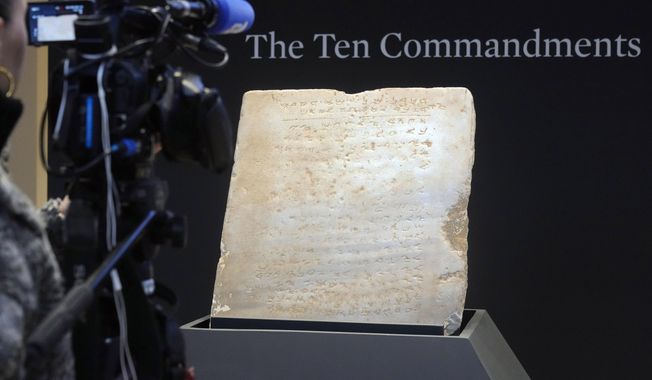




Trump Transition: Here are the people Trump has picked for key positions so far
President-elect Donald Trump has announced a flurry of picks for his incoming administration. Get full coverage of the Trump transition from The Washingon Times.





